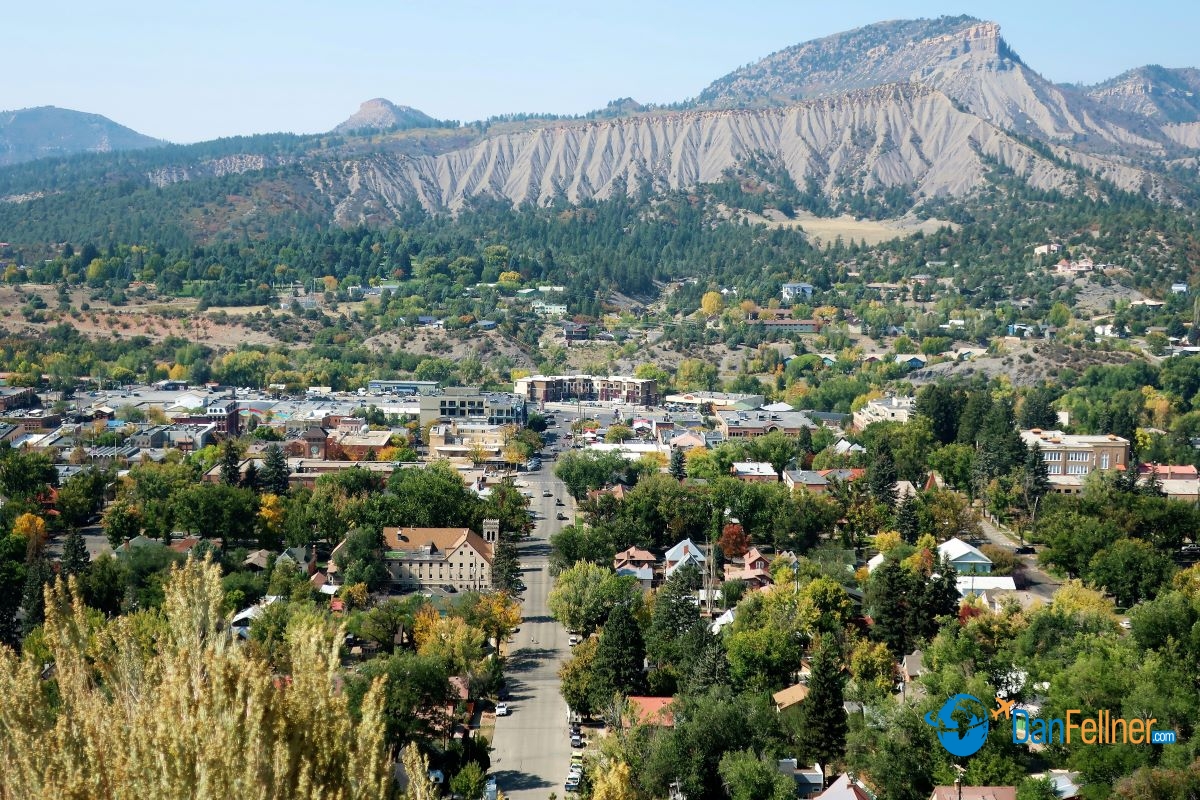Southwestern Colorado town offers plenty of wide-open spaces to enjoy area’s attractions
USA Today.com/The Arizona Republic — October 18, 2020
DURANGO, Colorado – If ever there was a tourist destination built for social distancing during a global pandemic, it’s this scenic and spacious town of about 20,000 residents at the base of the San Juan Mountains in southwestern Colorado.
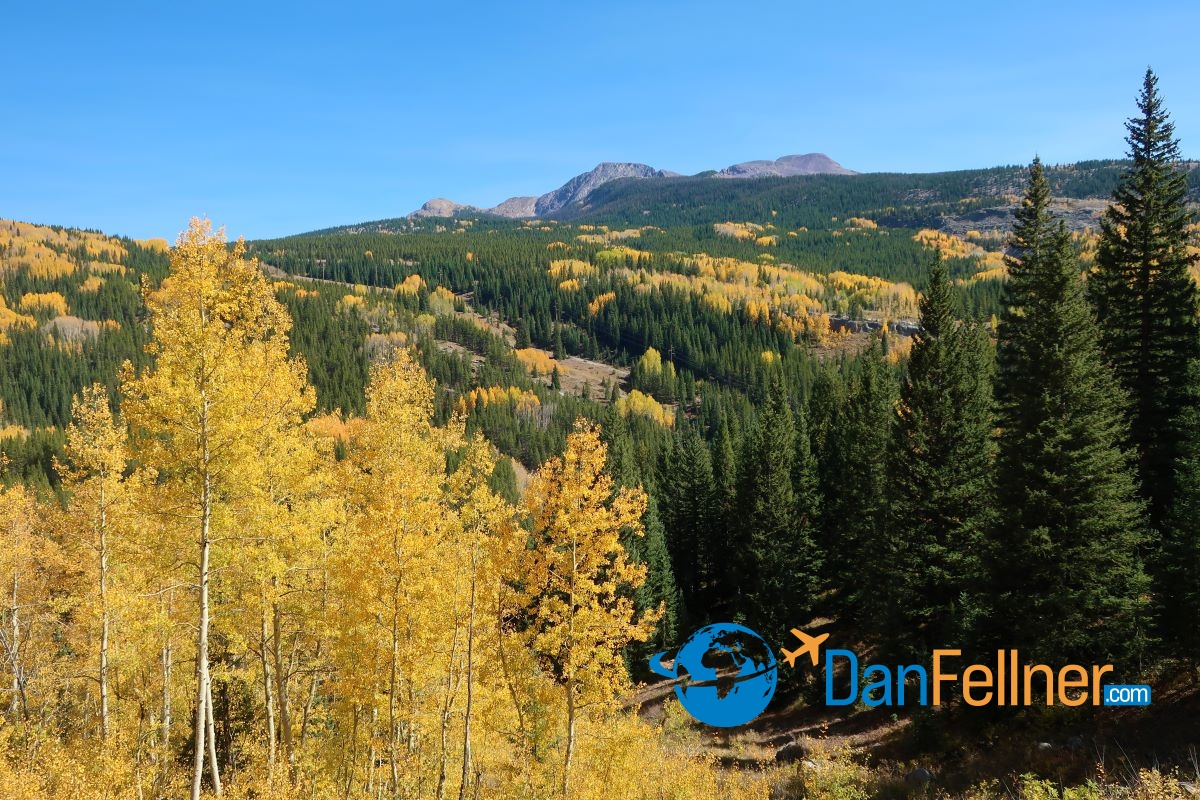
An early October view of the peak fall colors from the San Juan Scenic & Historic Byway north of Durango, Colorado.
Durango offers plenty of wide-open spaces for nature lovers, adventure seekers and history buffs, with numerous outdoor dining choices — some in spectacular settings.
And you’re not likely to have to contend with large crowds of fellow tourists while enjoying the area’s many attractions, whether it be mountain hiking, soaking in natural hot springs, biking, outdoor wine tasting or exploring ancient ruins of the Ancestral Puebloans.
That’s not to say, though, that Durango has escaped the pandemic unscathed. Operations at two of the area’s most popular attractions — the Durango & Silverton Narrow Gauge Railroad and Mesa Verde National Park — have been cut back due to the virus. The train is running a shorter route at reduced capacity while Mesa Verde has halted its popular ranger-led tours, which enable visitors to hike up close to some of the park’s 600 cliff dwellings.
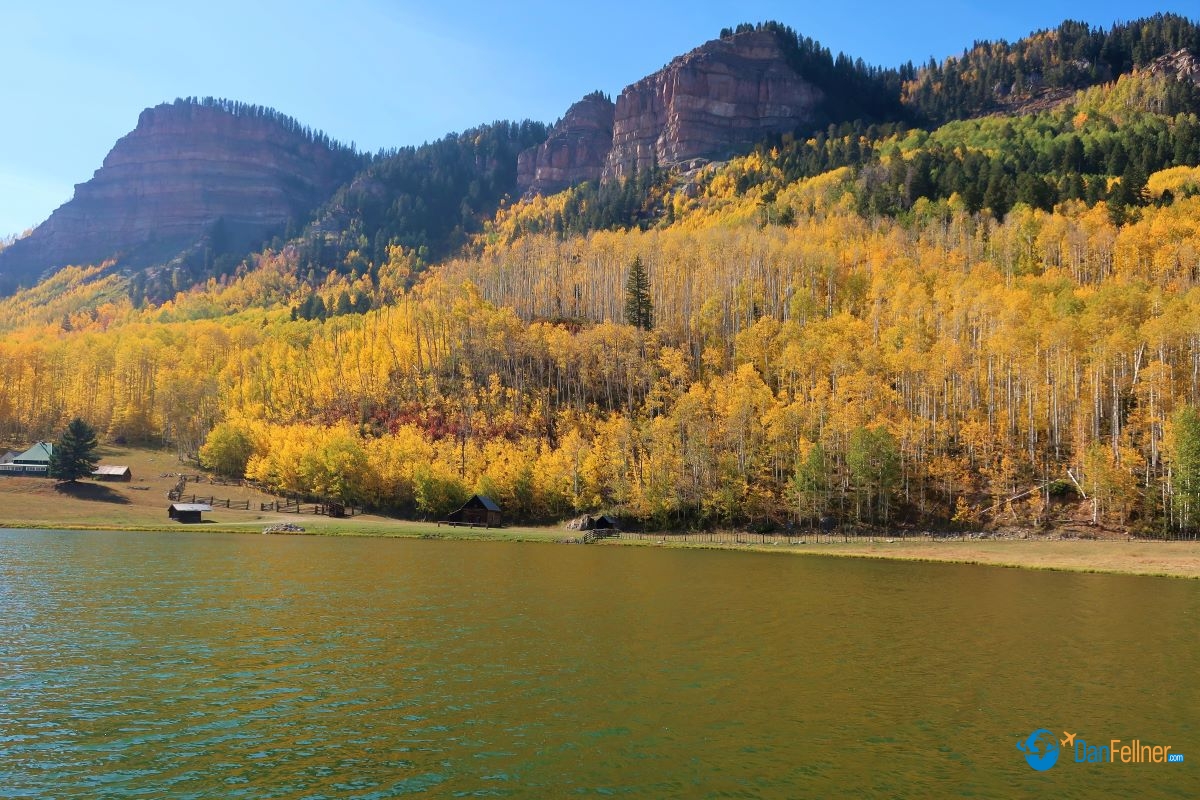
Fall colors on display near Durango, Colorado.
Not a problem. During a recent four-day visit, we had plenty of other options for enriching and exhilarating ways to enjoy the crisp mountain air — highs were in the upper 70s — and get the blood pumping at Durango’s lofty 6,512-foot elevation.
As a bonus, our early October visit happened to coincide with the peak of fall colors, particularly in the mountains north of Durango where the aspen trees were transforming from green to gold and auburn.
In lieu of Mesa Verde and riding the narrow-gauge train, here are my four favorite Durango experiences, all of which allow for plenty of social distancing:
Bike the Animas River Trail

Bikers on the 7-mile Animas River Trail in Durango, Colorado.
Being environmentally friendly has never been so much fun. We rented solar-powered e-bikes to cruise Durango’s 7-mile Animas River Greenway, stopping along the way to enjoy some of the city’s “organically managed” parks and view displays chronicling the area’s rich mining history.
Our bikes were capable of going 40 miles on a single charge and could reach a maximum speed of 20 mph. But we usually cruised at a much slower pace as there were a lot of dog walkers using the trail. Claire Attkisson, owner of the company we rented from — Roll eBike — personally delivers the two-wheelers to hotels within 10 miles of the city.
Given Durango’s high altitude, riding an e-bike — which requires little or no pedaling — is a great way to get acclimated while conserving energy for more rigorous activities.
Explore the San Juan Scenic and Historic Byway
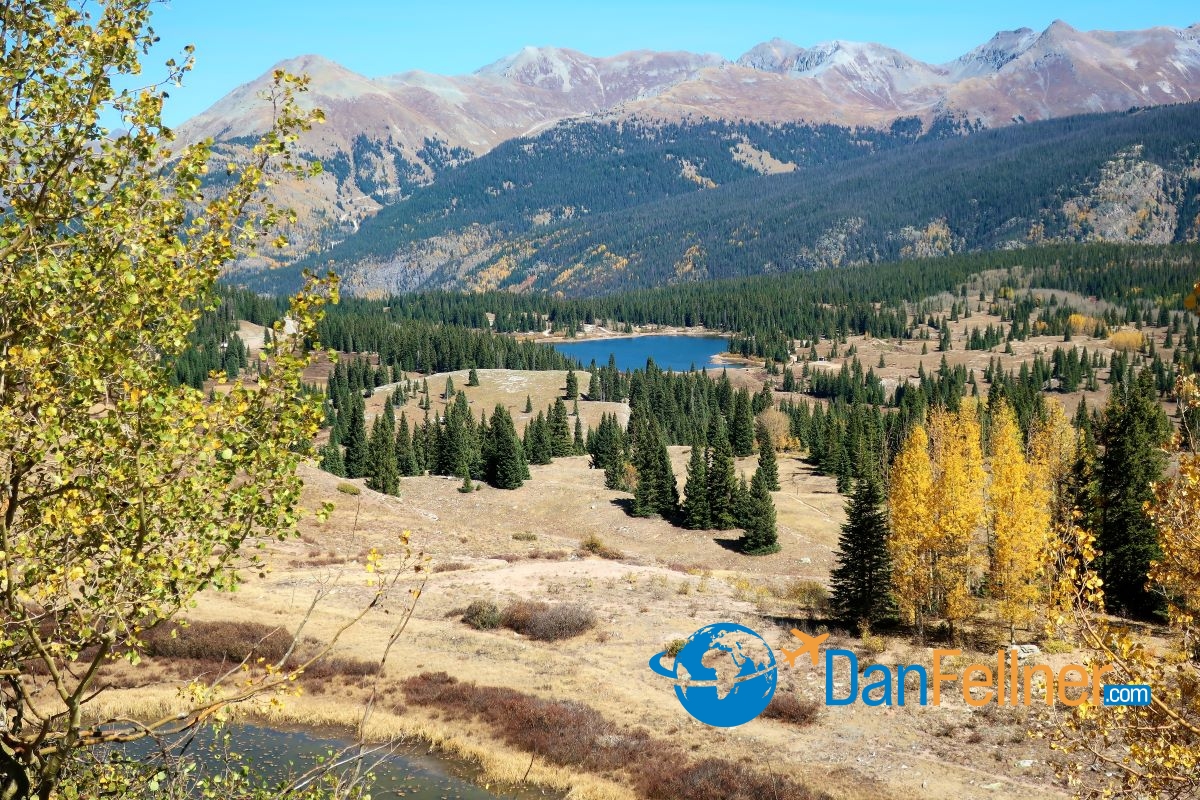
The view from Molas Pass — elevation 10,899 feet — in the San Juan Mountains north of Durango.
Head north on U.S. 550 past the Purgatory Ski Resort as the road ascends the San Juan Mountains to morph into one of the most picturesque drives in the West. Known as the San Juan Scenic & Historic Byway, the route travels over two mountain passes — Coal Bank and Molas — before reaching the historic mining town of Silverton, 50 miles north of Durango.
While we only had time to make it as far as Molas Pass, the San Juan Byway is a 236-mile loop that runs from Durango to Telluride to Mesa Verde National Park and back to Durango. It takes about seven hours to drive the entire loop. The canyon-clinging stretch of the loop from Silverton to Ouray has earned the moniker “Million Dollar Highway.”
There are numerous pullouts along the highway to take photos of the 14,000-foot peaks and find hiking trails. We took an exhilarating 2-mile hike at Coal Bank Pass — elevation 10,660 feet — through an alpine forest.
Soak in natural hot springs
It’s hard to find a more pleasurable way to relax after a rigorous hike than a soak at the Durango Hot Springs Resort & Spa. The resort, just a five-minute drive north of downtown, claims to offer bathers “the most amazing water under Mother Earth.”
That may be hyperbole, but the oxygen-infused water did seem to work wonders in soothing aching muscles. And perhaps best of all, there is no sulfur smell, a common annoyance at other hot springs.
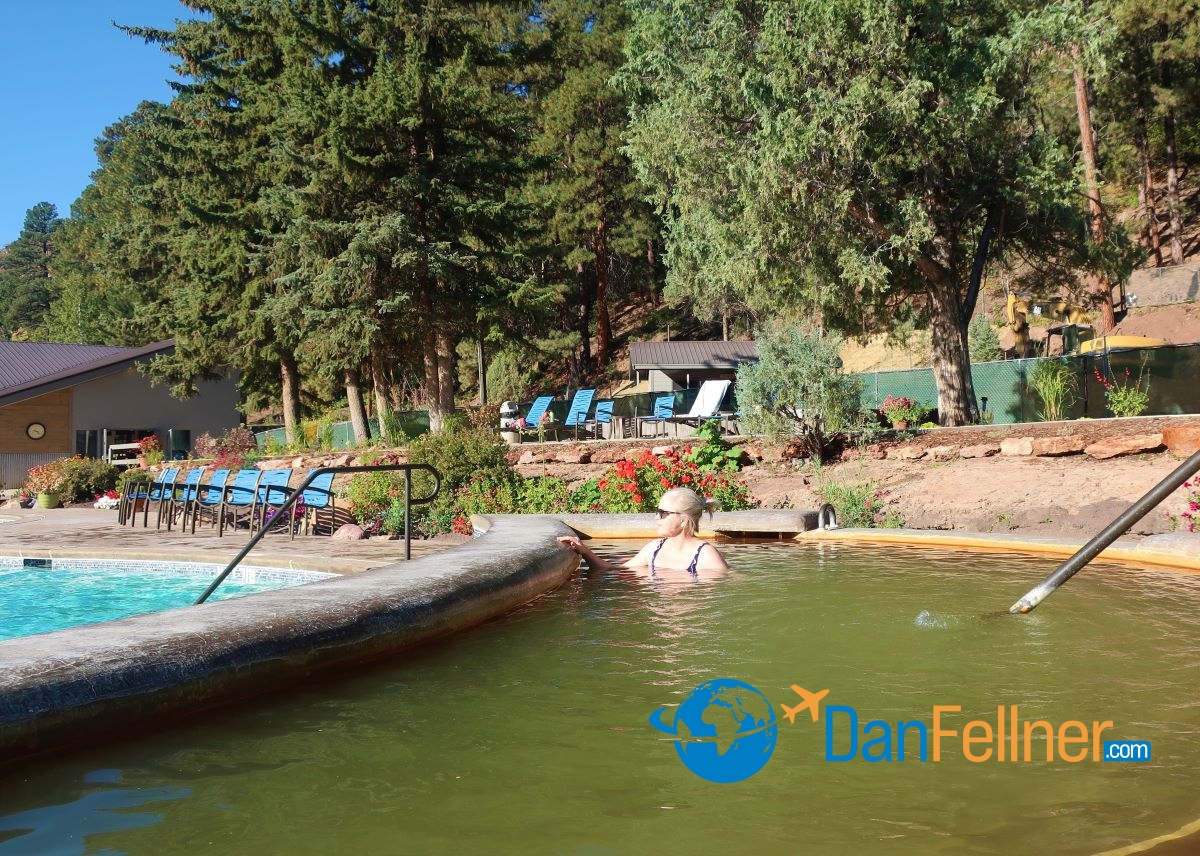
An oxygen-infused soaking pool at the Durango Hot Springs Resort & Spa, which is undergoing a $10 million renovation.
The resort — formerly known as Trimble Hot Springs — was bought by new owners last year and is undergoing a $10 million renovation. Bryan Yearout, one of the owners, told me the goal is to expand from four to 27 socially distanced hot tubs by the start of ski season in late November.
Archaeology and wine tasting
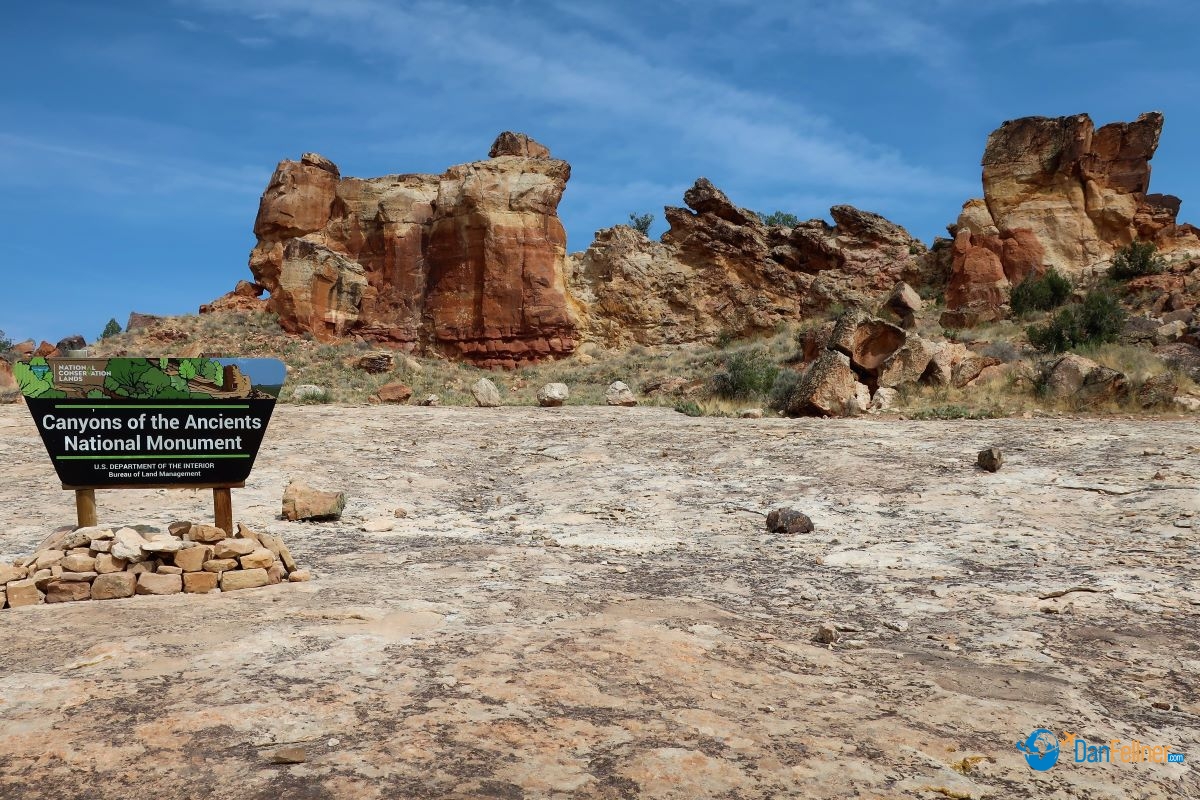
The Canyons of the Ancients National Monument in southwestern Colorado has the highest concentration of archaeological sites in North America.
The two activities may seem like an unusual pairing. But exploring Canyons of the Ancients National Monument and nearby Sutcliffe Vineyards on the same day went together as well as a fine steak with a full-bodied Cabernet.
In the morning, we toured the rugged landscape of the Canyons of the Ancients, about 60 miles northwest of Durango near the city of Cortez. With more than 8,000 archaeological sites spread over 275 square miles, the monument is home to the highest concentration of excavated sites in the country.
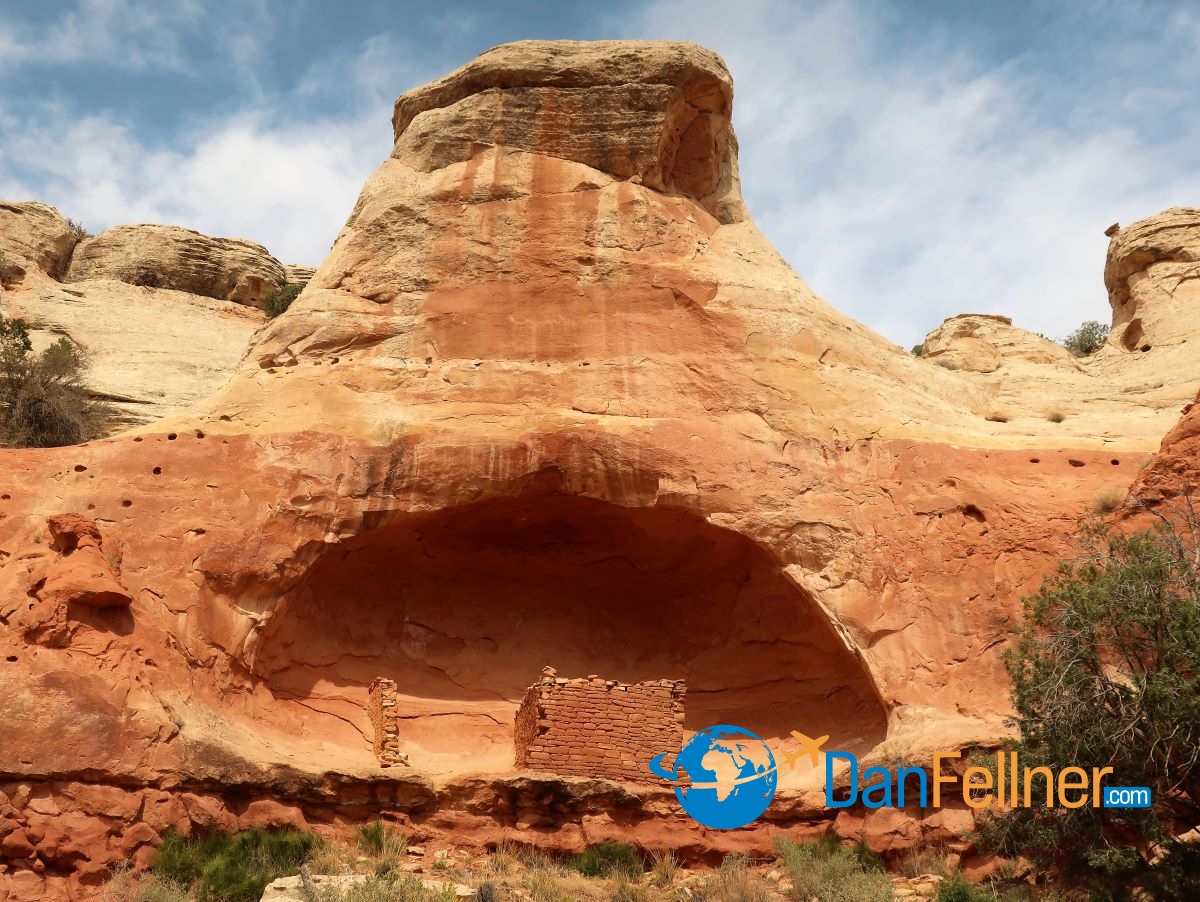
A 13th century sandstone cliff dwelling at the Canyons of the Ancients Monument in southwestern Colorado.
Fittingly, our tour was led by archaeologist Denise Galley who works for a Durango company called Rivertrippers. Galley led us on a series of hikes to see ruins providing insight into the lives of the Ancestral Puebloans, who inhabited these lands from 600-1300 A.D.
After a 4-mile hike past numerous excavated structures to see the monument’s Sand Canyon, we stopped at Sutcliffe Vineyards, just a five-minute drive from Canyons of the Ancients. Located in a stunning setting in McElmo Canyon, it’s hard to imagine a more picturesque place for a wine tasting.
Owner John Sutcliffe, an engaging Welshman, first planted grapes here in 1995. Today he sells his 20 varieties of reds and whites to restaurants and resorts in 43 states and several European countries.
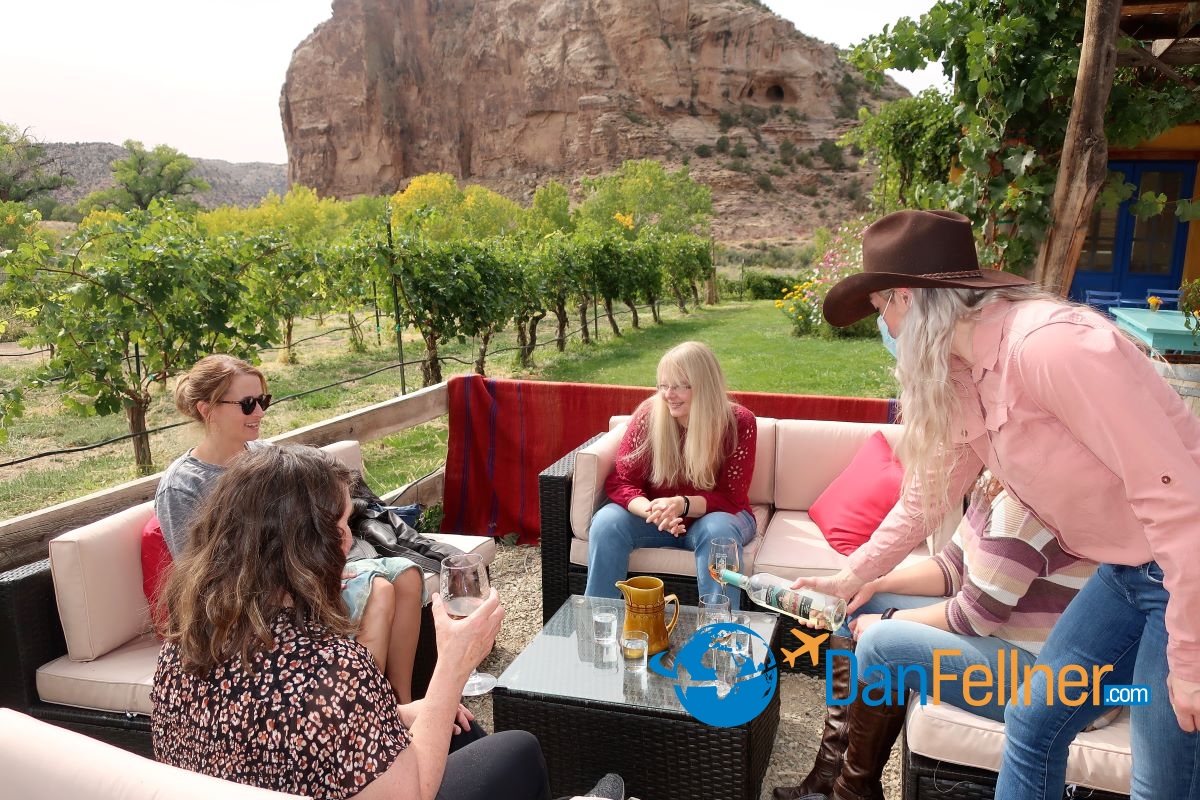
Visitors enjoy a wine tasting at the scenic Sutcliffe Vineyards in southwestern Colorado.
Over a glass of Merlot, Sutcliffe said despite the relatively harsh growing conditions of southwestern Colorado, his vineyards produce wines that have “done famously” against French wines in European blind-tasting competitions.
Dining and lodging
Durango offers numerous outdoor dining experiences — we never once ate a meal indoors. One of the city’s most popular eateries, the 11th Street Station Food Truck Collective, features seven food trucks at the site of a former Texaco gas station.
James Ranch Grill, about 10 miles north of the city, is set on a 400-acre working ranch at the foot of the mountains. The burger was tasty but not nearly as delectable as the views.
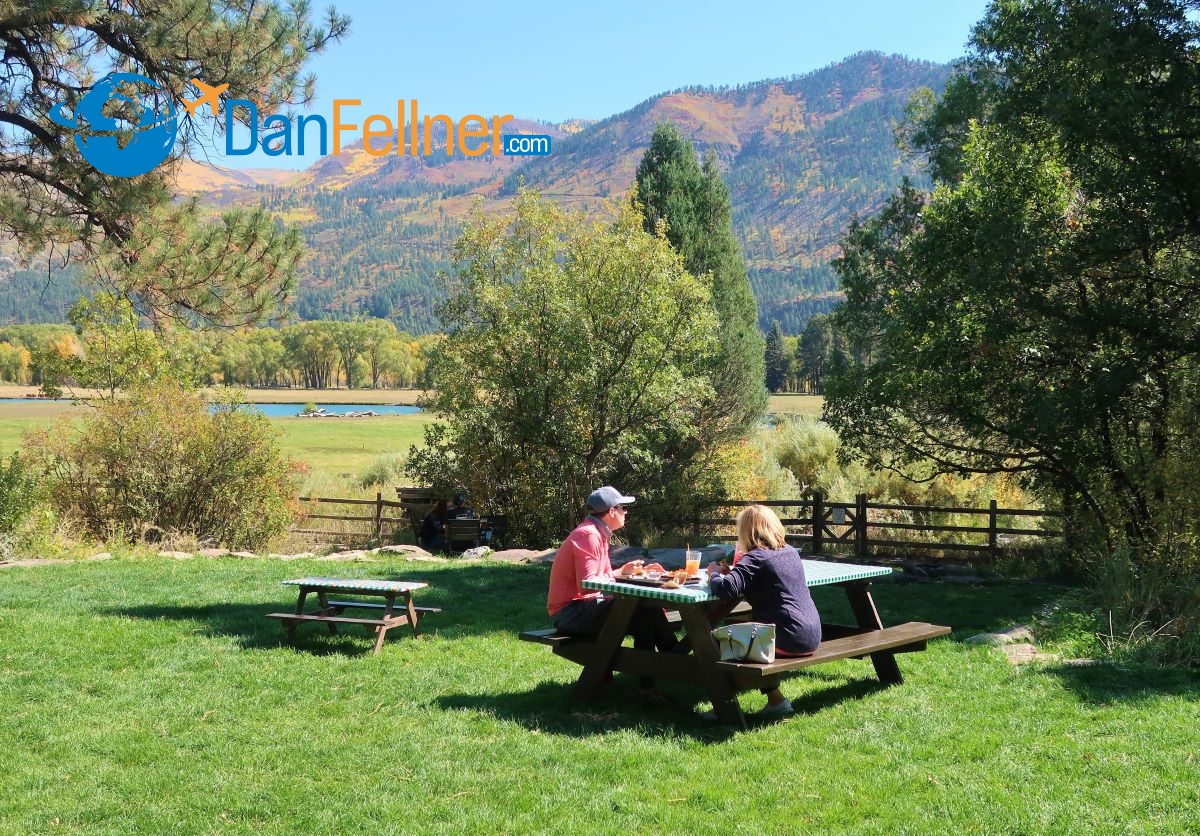
Durango offers numerous outdoor dining options, including the 400-acre James Ranch north of downtown.
We stayed in the heart of downtown at the historic Strater Hotel. The hotel, which bills itself as a “living museum,” was built in 1887 and features the largest collection of American Victorian walnut antiques in the world.
Website for more info:
Visit Durango

© 2020 Dan Fellner

